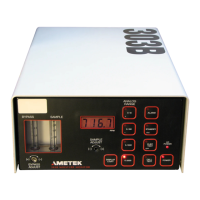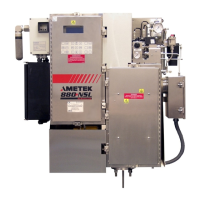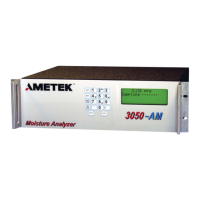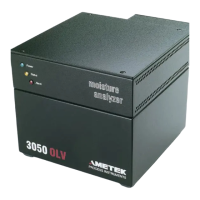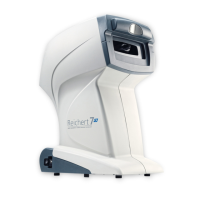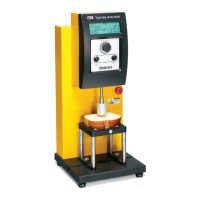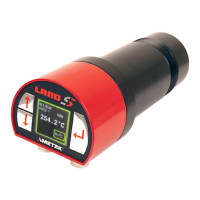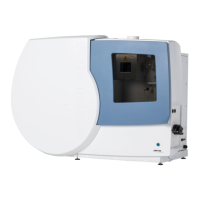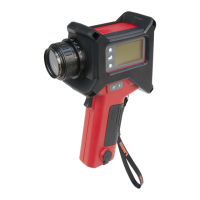1-6 | Model 5100 HD Analyzer
Detector
Two light-sensitive detectors are typically used, one for the sample cell and one
for the reference. The detectors output a voltage proportional to the intensity of
the light striking the active area. The type of detectors used varies depending on
the wavelength, which in turn depends on the analyte(s).
GRIN Lens
GRIN is short for graded-index or gradient index. One of the most important
advantages of GRIN lenses compared to classical lenses is that the optical
surfaces of GRIN lenses are at. This is very important for creating a good
quality joint between the lens and the ber optics. The GRIN lens in the TDLAS
focuses the laser/ber-optics package to detect the best signal.
Sample Gas Flow
The sample ows from the inlet thru a Genie lter where any liquid condensate
is removed. The liquid removed ows down the drain vent connection on the
side of the 5100 HD. The gas sample then ows thru the sample cell. Cell
pressure and temperature are monitored using pressure and temperature sensors
respectively. The cell is heated to a maximum of 150C.
Laser Conguration
The laser output is coupled to a single mode ber, which in turn is connected to
a ber optic splitter. The splitter is used to divide the optical power for use in the
sample and reference measurements, respectively. The ‘sample’ output is coupled
to the cell assembly by means of a ber/Gradient Refractive INdex (GRIN) lens
combination. ‘Reference’ out put is also similarly coupled to the reference cell.
The GRIN lens helps collimate the output of the single mode ber and direct the
beam through the sample and reference cells. The beam is reected by a mirror
at the other end of the cell and is received by a light-sensitive detector at the
originating end.
Measurement
The detector converts the light energy received to an electrical signal and sends
it for signal processing and the analyte concentration determination. WMS and
signal processing are digital providing enhanced quality of analyzer response.
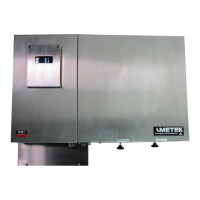
